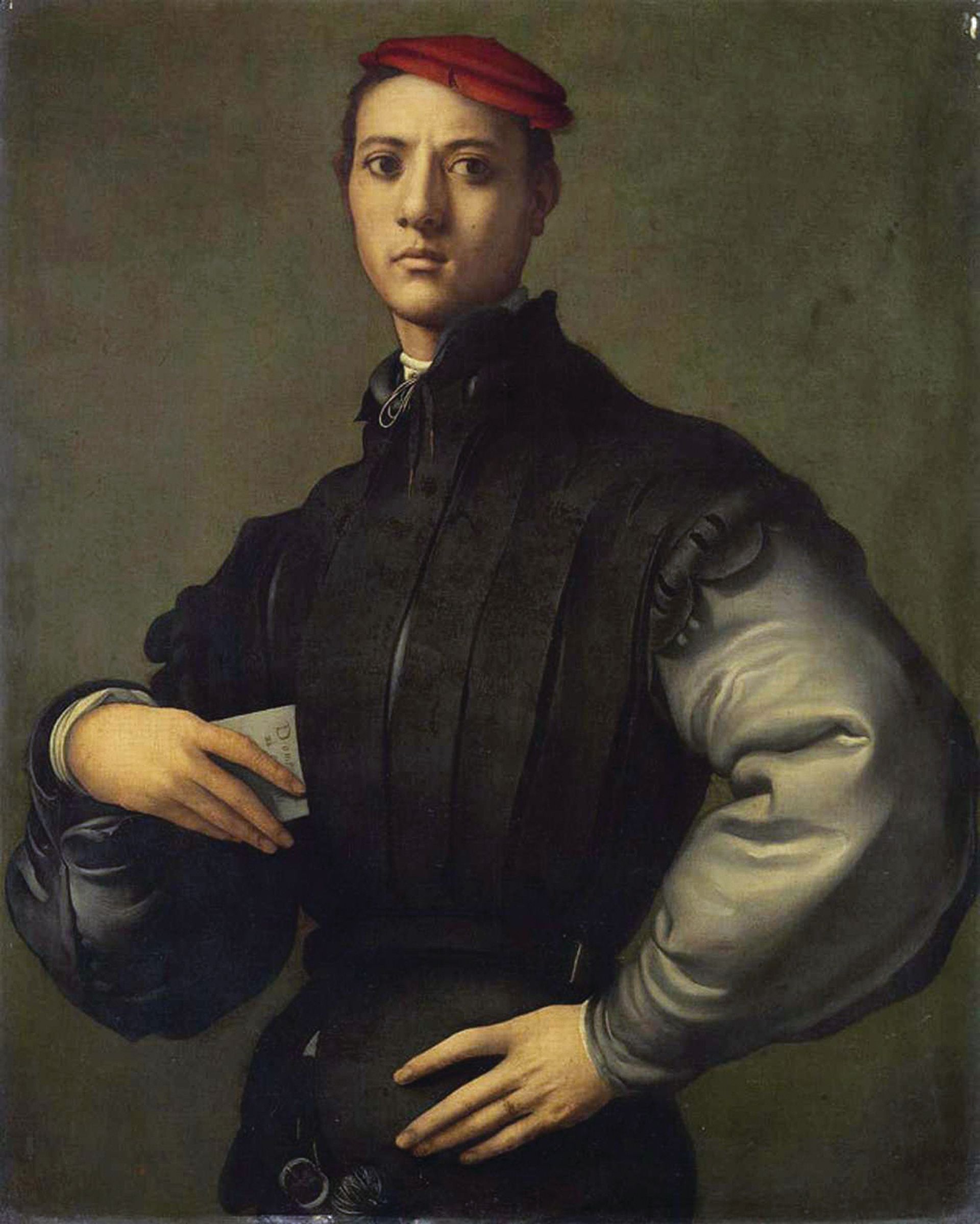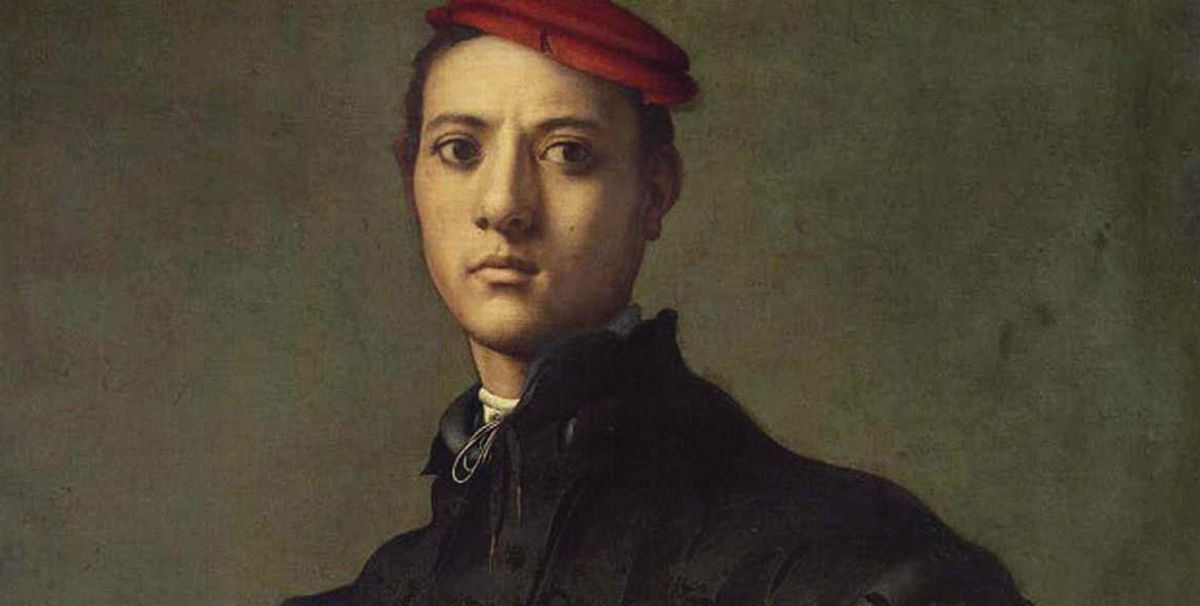There are calls for the UK export system to be reformed after the National Gallery’s failure to acquire a £30.7m Pontormo portrait, despite successfully raising the funds for it.
The London museum was thwarted by the painting’s new owner, the New York hedge fund manager Tom Hill, who acquired the painting from the Earl of Caledon. Hill declined to accept the National Gallery’s matching offer for the painting (see right). The debacle is expected to be discussed when the Reviewing Committee on the Export of Works of Art meets on 1 March.
Stephen Deuchar, the director of the Art Fund, a charity that raises money to buy art, now says that those applying for a licence to export a work of art from the UK “should be required to give a clear and legally binding commitment to abide by the rules, which they are not at present”. The fund is also calling on the government to set up a formal review of the export regulations to help protect “our nation’s most important works of art so they may remain in the UK”.
Foreign buyers who refuse matching offers are normally only able to resubmit licence applications after ten years. In the meantime, the work of art in question has to be retained in the UK (unless it is granted a temporary licence for display in a foreign museum). One proposal is that the ten years should be increased to 25, making it more of a deterrent. Another possibility would be something closer to the French system, whereby museums are entitled to “pre-empt” the sale of an object of national importance by matching the price.
The Pontormo case is just the latest instance in which the export system has been thwarted by a foreign buyer who declined to accept a matching offer. We have identified five others (see below).
Other rejections Five works for which foreign buyers also declined to accept matching offers:
Queen Charlotte’s cross (around 1790): bought by Alexander Vik, a Norwegian-born businessman with US interests; the Victoria and Albert Museum raised the £43,000 matching price in 2002.
A reliquary of St Christopher (1493): bought by the Canadian collector Ken Thomson; the National Museums of Scotland raised the £1.8m matching price in 2002. Joshua Reynolds’s Portrait of Omai (1776): bought by John Magnier of Dublin; the Tate raised the £12.5m matching price in 2003.
William Hoare’s Portrait of Ayuba Suleiman Diallo (1733): bought by the Qatar Museums Authority; the National Portrait Gallery raised the £555,000 matching price in 2010.
Tipu Sultan’s bejewelled throne finial (around 1790): bought by Farhad Farjam’s Dubai-based Farbro Group; Glasgow’s Burrell Collection raised the £390,000 matching price in 2010.
The Old Master that got away

Tom Hill, the New York hedge fund manager at the Blackstone Group who paid £30.7m for a Jacopo Pontormo portrait, has declined to accept a matching offer from London’s National Gallery. Acceptance would mean that he loses more than $10m (now £8m) because of the fall in the value of the pound, mainly since the Brexit referendum last June. Hill’s spokeswoman told The Art Newspaper: “Mr Hill has declined to accept the National Gallery’s offer to purchase the Pontormo, given the offer would have resulted in a material loss.” This was confirmed by a statement from the National Gallery on 16 February.
Two years ago, Pontormo’s Portrait of a Young Man in a Red Cap (1530) was sold to Hill by the Earl of Caledon. Last July, in unprecedented move, the Treasury offered the gallery a grant of £19.415,000 to effectively reimburse it for a huge tax concession that had been lost. The gallery still needed just over £12m, which was raised with support from the Heritage Lottery Fund (£4m) and the Art Fund (£750,000).
The problem is that Hill’s wealth is in US dollars, and when the UK arts minister deferred an export licence in December 2015, the price was (as always) set in pounds. Since then, sterling has slumped, and Hill asked the National Gallery to compensate him for his loss. The Art Newspaper can report that the gallery offered to raise a slightly higher sum for Hill last month. He decided that the promised addition was not sufficient, which led to his rejection of the gallery’s offer.
Although Hill is not compelled to accept an offer, having rejected it, the culture secretary, Karen Bradley, refused a permanent export licence on 15 February. The Pontormo will now need to be retained in the UK. Hill’s spokeswoman says that he is “willing to lend the work for display in the UK, Europe and the US”. A National Gallery spokesman told us that “there are no plans to borrow the painting at this time”.
Hill has close links with the Metropolitan Museum of Art and has plans to set up his own museum in New York, possibly later this year. A loan to the US would require a temporary UK export licence and it is unclear whether this would be granted in the circumstances.


